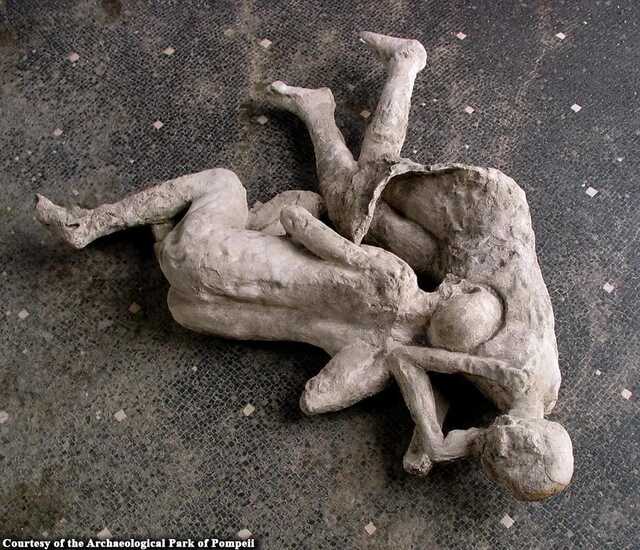Beneath the volcanic ash of Mount Vesuvius lies a story that has captivated archaeologists and historians for centuries. Pompeii, a city frozen in time since AD 79, has long been a treasure trove of Roman life, art, and culture. Yet, as new technologies like DNA analysis come into play, long-held assumptions about its victims are being rewritten. What we thought we knew about these ancient lives is now being challenged, offering a deeper, more nuanced glimpse into their final moments.
The Eruption of Mount Vesuvius and Its Aftermath
In AD 79, Mount Vesuvius erupted with terrifying force, unleashing a torrent of lethal gases and ash that wiped out the bustling Roman city of Pompeii. The eruption blanketed the region in volcanic debris, burying thousands of its inhabitants and preserving their final moments in an almost eerie time capsule. Streets, homes, and markets stood still under layers of ash, with entire lives seemingly paused in an instant.

The rain that followed the eruption hardened the ash into a protective shell, encapsulating not only the city’s buildings and artifacts but also the bodies of its victims. This natural phenomenon created a hauntingly detailed portrait of the disaster, immortalizing the people who lived—and died—there.
The Famous Plaster Casts: A Legacy of Giuseppe Fiorelli
Excavations in Pompeii began in 1748, but it wasn’t until 1863 that archaeologist Giuseppe Fiorelli revolutionized how we view its victims. Fiorelli developed a method to fill the voids left by decomposed bodies with liquid plaster, creating casts that preserved the forms and positions of 104 people. These casts became iconic, depicting moments of terror, despair, and even love as the eruption unfolded.
One cast depicted an adult clutching a child, believed to be a mother protecting her offspring. Another showed two figures in an embrace, sparking assumptions of familial or romantic relationships. These haunting casts told stories that captured the imagination, but were they the real stories of Pompeii’s victims?
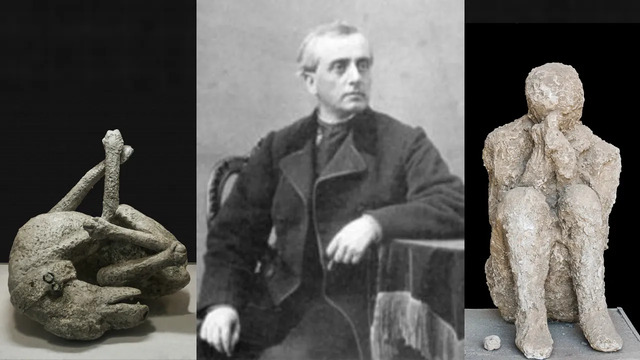
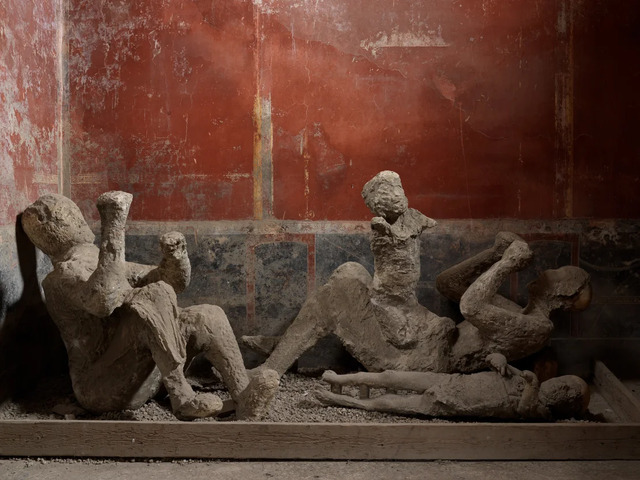
Revealing the Truth Through DNA
Modern advancements in DNA technology have opened a new chapter in Pompeii’s history. Efforts to restore and study Fiorelli’s casts uncovered bone fragments within the plaster. Researchers extracted and sequenced DNA from these remains, leading to revelations that overturned earlier assumptions.
One of the most striking discoveries came from a pair of individuals once thought to be sisters or lovers. DNA analysis revealed one was a young male, aged 14 to 19, while the other was an adult of indeterminate sex. Another famous cast, of a bracelet-wearing adult holding a child, was believed to depict a mother and child. Yet, the analysis showed they were unrelated—a man and a child connected not by blood, but perhaps by a desperate attempt to find safety together.
Case Studies: Human Stories from Pompeii
The Embracing Pair: Found in the House of the Cryptoporticus, two bodies appeared to be locked in an embrace. For decades, they were assumed to be sisters, lovers, or a mother and daughter. DNA analysis shattered these assumptions, revealing one to be a young male. Their true relationship remains a mystery, but their positioning speaks of shared fear and comfort in their final moments.
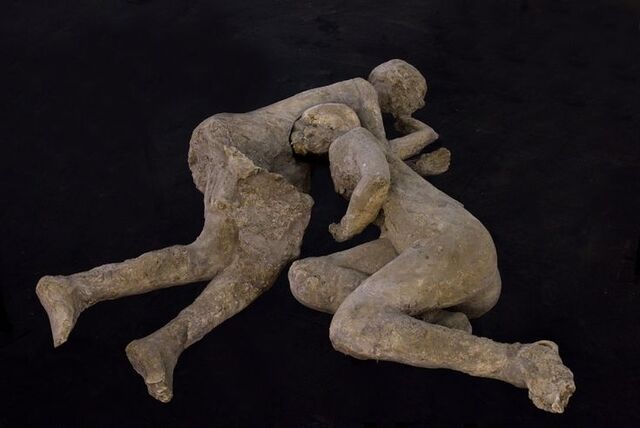
The Child and the Male: At the House of the Golden Bracelet, a poignant scene was immortalized: an adult with a child on their hip. Once thought to be a mother and child, DNA revealed the adult to be a male unrelated to the child. This discovery challenges cultural expectations of caregiving and protection, showcasing the complex bonds that form in times of crisis.

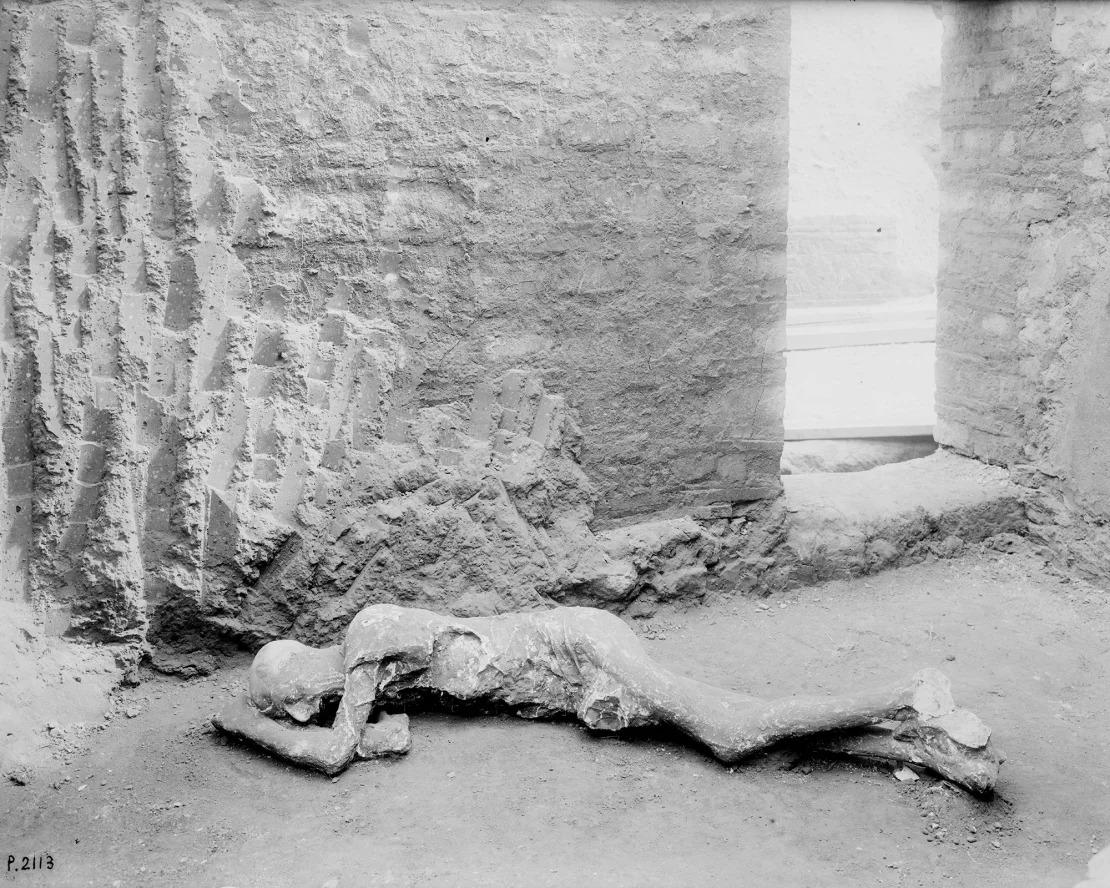
Pompeii as a Cultural Melting Pot
The genetic data collected from Pompeii reveals more than just familial relationships; it paints a picture of a cosmopolitan city. Pompeii, strategically located near one of the busiest ports of the Roman Empire, was a melting pot of cultures and ancestries. Genetic evidence points to connections with the eastern Mediterranean, highlighting the city’s role as a hub of trade and migration.
This diversity underscores the inclusivity of Roman society, where family was often defined not by blood, but by bonds of marriage, adoption, and even servitude. It challenges the modern notion of a homogenous Roman population, showing instead a rich tapestry of interconnected lives.
The Role of Artifacts and Context in Changing Assumptions
Artifacts such as jewelry, frescoes, and tools add layers to the stories revealed by DNA. In the Villa of the Mysteries, frescoes depicting Bacchic rituals offer insights into the spiritual lives of Pompeii’s elite. Meanwhile, tools and coins found near a man’s remains in the same villa suggest he was a custodian who chose to stay behind as others fled.
These discoveries highlight the importance of integrating archaeological context with scientific analysis. While DNA provides biological truths, artifacts and surroundings reveal the lived experiences and social dynamics of ancient Pompeii.
Pompeii’s Ongoing Legacy
The Archaeological Park of Pompeii continues to be a site of discovery and innovation. Restoration efforts and modern technologies, such as CT scans and 3D modeling, are unearthing new details about its people and culture. These findings challenge outdated narratives and bring us closer to understanding the humanity of Pompeii’s residents.
Pompeii remains a poignant reminder of the fragility of life and the enduring impact of natural disasters. It also serves as a bridge between the ancient and modern worlds, showing us that the questions of identity, relationships, and survival are timeless.
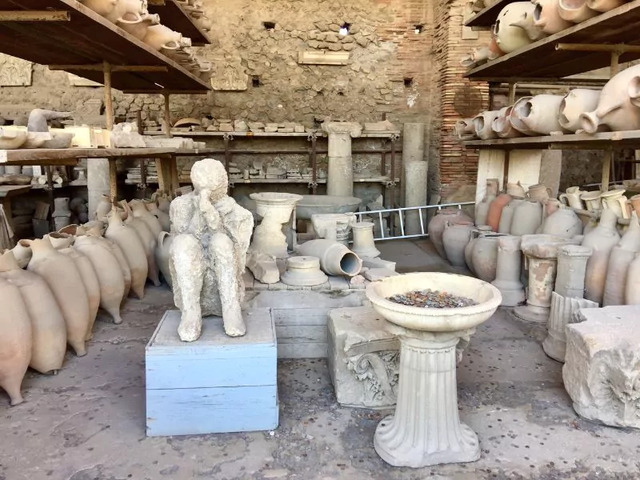

Conclusion: History Reimagined
The story of Pompeii is far from over. Advances in DNA analysis and archaeology are reshaping how we understand its victims, challenging assumptions and revealing deeper truths. As we uncover these stories, we’re reminded that history is not just about events—it’s about people, their lives, and their connections. Pompeii’s legacy endures, not just as a cautionary tale, but as a testament to the resilience and complexity of humanity.
